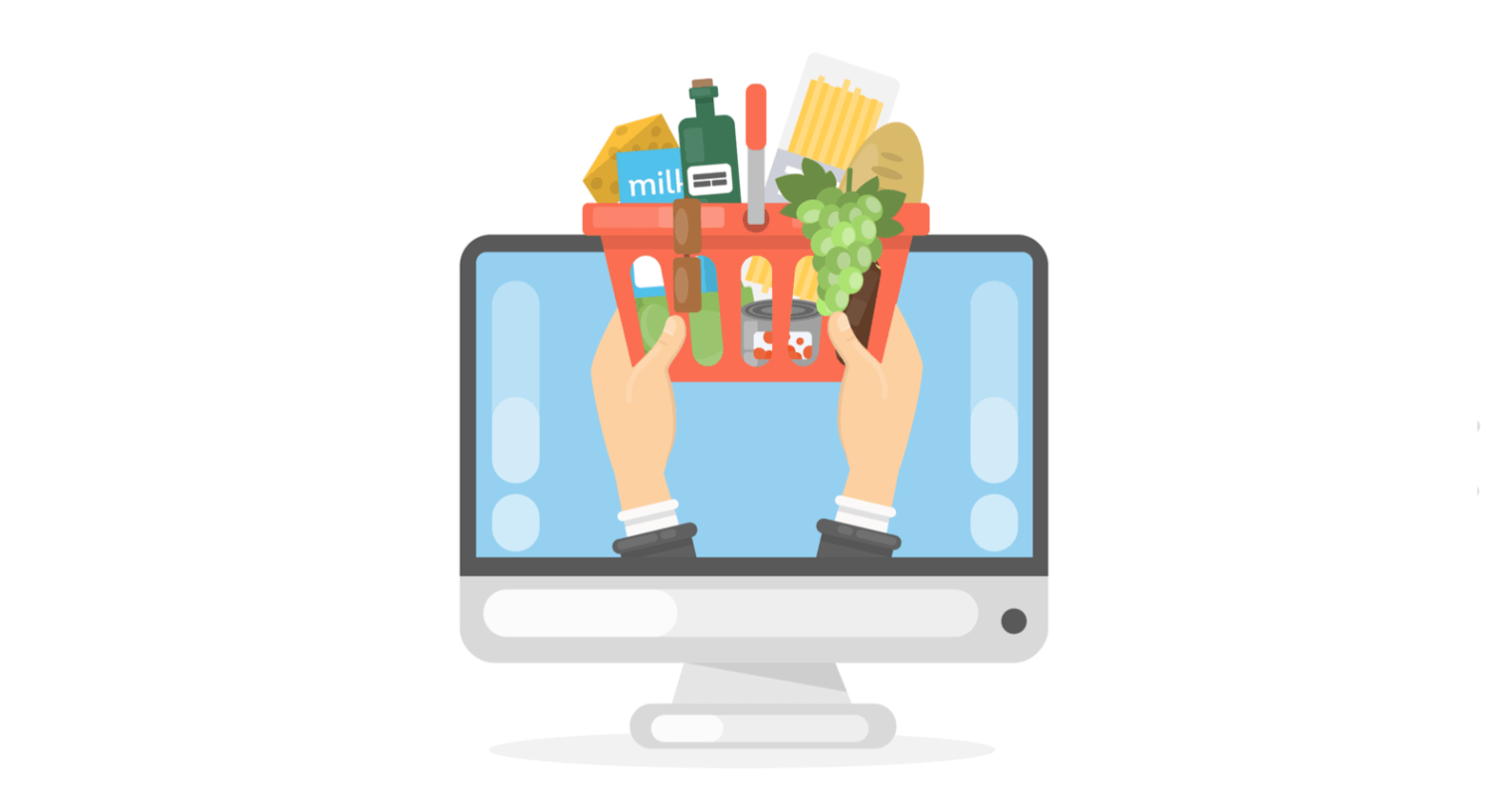Gurmehub Campaigns Review Now!
POS Integrator PRO Now On Sale! Buy Now
TravelerWP Integration Now at POS Integrator Try Now

Covid-19 I don't think it is too early to say that the global pandemic will have effects that will last for decades. During this pandemic, as with most things, the shopping habits of people who have been in quarantine for a long time have naturally changed.
One of the reactions we see in how people are approaching this period of isolation and uncertainty is that they are changing their shopping behavior in a big way. What is changing shopping habits Covid-19 and E-commerce I tried to evaluate its impact on the sector for you in my article.
[lwptoc]
While shopping behaviors change due to generational differences, we also see gender-based variations.
Survey data, women more likely to be concerned about the effects of COVID-19, while at the same time men alışveriş davranışlarını etkileme olasılığının daha yüksek olduğunu göstermektedir. Erkeklerin üçte birinin, kadınların %25’ine kıyasla, pandemi süresince alışveriş için daha çok par harcadığını gösteriyor.
The survey also revealed that men are more likely to shop online and avoid going to the store more than women.
As people have embraced social distancing as a way to slow the spread of the pandemic, there has naturally been a decline in face-to-face physical shopping. This means there will be an increase in online shopping as people turn to e-commerce to buy products they can buy in person.
Some industries are forecasting significant increases for e-commerce. This is particularly true for e-commerce in household goods and kitchen supplies. JD.com One of China's largest online retailers announced that orders for household appliances have quadrupled this year compared to the same period last year.
Grocery shopping e-commerce surged in the second week of March as shoppers turned to online platforms to find the goods they need. Rakuten IntelligenceAccording to the graph below, together with the data obtained from Covid-19 and e-commerce pool, it is seen that Covid-19 caused an increase in grocery shopping in the e-commerce pool.

E-commerce products cover a wide range of categories. Common Thread Collective, provides valuable updates with Covid data on e-commerce shopping behavior, including the chart below.

Source: Common Thread Collective
According to the graph, medical supplies, baby supplies and cleaning products are the most demanded products.

The WTO Secretariat has released a new fact sheet on how the Covid-19 pandemic is impacting e-commerce, including its effects on cross-border trade. It highlights the increased use of e-commerce as consumers adapt to quarantine and social distancing measures.
Report, covid-19 and e-commerce as well as the measures governments have introduced to facilitate e-commerce and some of the challenges these initiatives face. Governments have worked to increase network capacity, encourage the provision of extended data services at little or no cost, and reduce transaction costs for digital payments and mobile money transfers.
The report also analyzes the ongoing e-commerce and the WTO's Trade facilitation agreement It also addresses how its ongoing implementation can address some of the challenges brought to the forefront by the COVID-19 pandemic.
The report argues that the experiences and lessons emerging from the COVID-19 crisis could be another incentive for global cooperation in e-commerce, which could help facilitate the cross-border movement of goods and services, narrow the digital divide and level the playing field for small businesses. Source: WTO
The interaction of Covid-19 and e-commerce has led to changes in purchasing behavior not only from offline to online, but also in the types of products that consumers buy. This change can be seen in the graph below as a percentage of total sales before and after the lockdown measures were implemented.

The categories with the largest increases in total expenditure shares were electronics and food and beverages. Shares of fashion, beauty and personal care products saw a relative decline.
The 3 sectors with the best sales, taking into account changes in monthly online sales volume:
Sectors suffering the most significant decline in sales:

Since the majority of the population spends time at home, basic products (food and drink) and products that can make time spent at home more enjoyable (including entertainment products such as games, videos and software) tend to prefer to use the same type of products.
Consumers preferred to postpone major investments such as automotive parts and household appliances during this period. Demand for new clothes fell as consumers stayed at home, Fashion They postponed their purchases of their products.
Karantina yavaş yavaş ülkeden ülkeye kaldırıldığından, birçok tüketici hastalanma korkusuyla eski alışveriş yollarına geri dönmek konusunda isteksiz. Tüketicilerin yaklaşık %24’ü, bir research company said they would not feel comfortable visiting a shopping mall in the next six months, according to his survey.
Households are likely to continue to turn to e-commerce for needs such as groceries, clothing and entertainment. This preference the relationship between covid-19 and e-commerce, It is inevitable that even many years from now it will develop and reinforce new online shopping habits for millions of consumers and thus redefine the retail landscape.